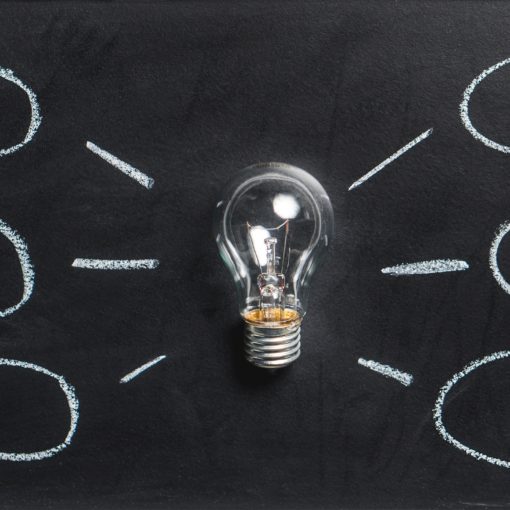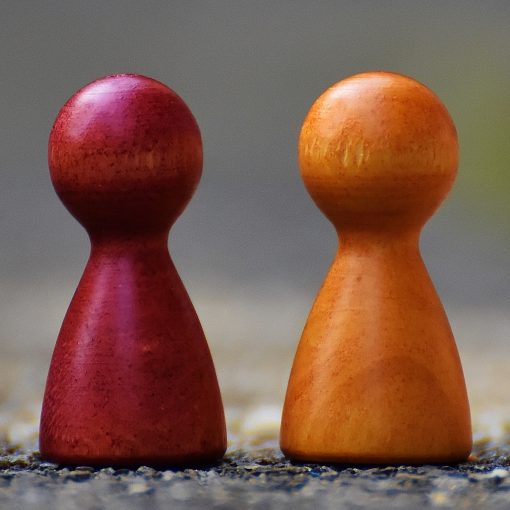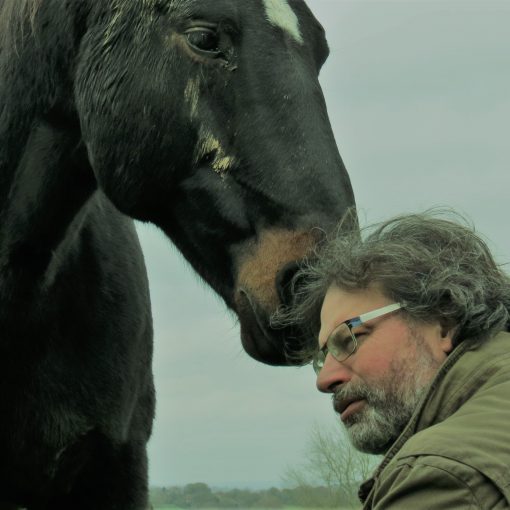I was listening recently to a podcast by scholar Joseph Goldstein. He talks about the discourses of Buddha as being invitations not instructions, as a conversation not a philosophical exposition (“Insight Hour, episode 53). In more common parlance, “here is an idea, go and try it out”.
This subtle distinction is what I want to explore here.
The emphasis on invitation shifts our psychology. We are not being preached to; not being “told” how things are. We are being offered an opportunity to explore an idea. This makes the learning experiential. Our experience is the path to enlightenment, not the absorption of instructed dogma by wrote.
To quote educationalist David Kolb “learning is the process whereby knowledge is created through the transformation of experience”. In essence, without an experience there is no learning.
I called this blog “neuroscience of the first person” because I want to suggest a repositioning of approach to some of the Buddha’s ideas. What if we consider them as instructions to learning experientially. Mindfulness invites us to see the world as it really is, not as we choose to interpret it; similarly to see ourselves as we are, not as we have defined ourselves.
The work of neuroscientists such as Richard Davidson over the last thirty years supports a very real alignment between developing scientific knowledge and traditional teaching. His work is drawn from thousands of hours of observations of the brain via fMRI. The alignment lies in the practice of meditation. More simply, outside in versus inside out.
What is neuroscience of the first person?
This idea of inside-out places the individual at the centre of their own experience (back to Kolb in many ways). What if we could watch our minds at work. Watch our perceptions being created in the moment, and recognise them as that, creations. Increasingly science is acknowledging the uniqueness of these personal creations, what we experience and how we then react being a construct of the mind’s filters, biases and habits.
So think about what would happen if we could strip these back. Peel the onion and quite literally each of us become a neuroscientist of self. (My own Cycle of Somatic Presence offers one approach).
Suddenly we are engaged, we own the experience and the learning is clear. There are choices, we do not have to do as we always have, we do not need to believe as always have. Not accept because the expert advised.
Give up giving over yourself
We don’t need Gurus (and trust me we have many of them and well beyond the fake religion, self-help spheres). They perpetuate the myths of external wisdom, that the experts know us better than we know ourselves. And these experts hold the keys to our betterment.
Humans are too good at giving over our power; we are letting those outside, judge and shape opinion of “the us” within.
The call is to respect, and connect to ourselves. This is a practice, there is no silver bullet, no over-night virtuoso. And this is where the invitation that Goldstein refers to (above) creates the awakening. Experience yourself, do not accept the frames that others place you within.
In recognising our mind’s “interpreting” at work, to see the frames of reference that shape it’s perceptions we are offered a choice. We are offered the enlightenment of unfiltered experience. Here we can see clearly “what is” and not the “what we have created”.




